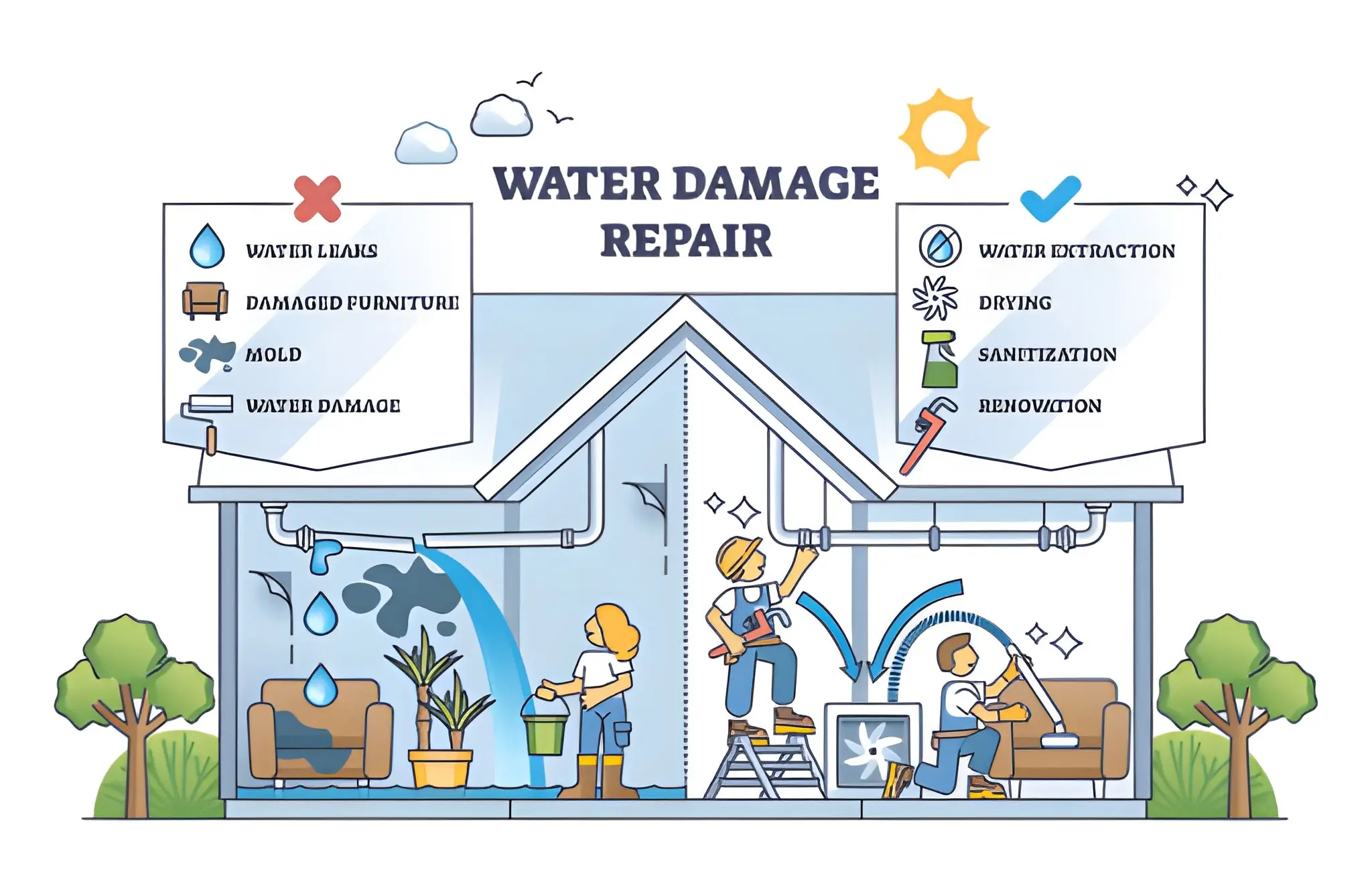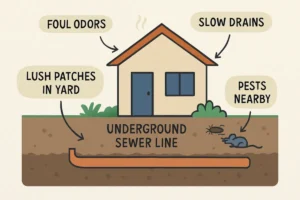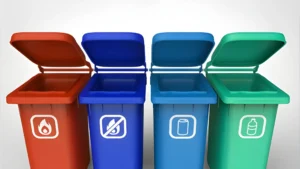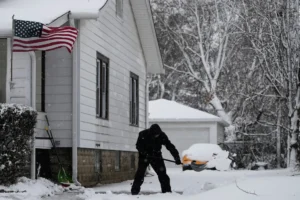A commercial property isn’t like your house. When water damage hits a business, you’re not just dealing with repairs—you’re fighting revenue loss, potential liability issues, and the clock. Every hour your business stays closed costs money, and your insurance company is watching how you handle this. Commercial water damage repair requires a different approach than residential work because the stakes are higher and the complexity multiplies with building size, occupancy requirements, and business operations. From retail stores to office buildings to warehouses, each property type presents unique challenges that demand quick decision-making and coordinated response. Getting this wrong doesn’t just mean higher repair costs—it can mean lost customers, employee safety issues, and regulatory problems.
Establish a Chain of Command Immediately
When water damage happens, chaos follows unless someone takes charge fast. Designate one person as the decision-maker for the restoration process. This person coordinates with restoration companies, insurance adjusters, employees, and vendors. Without clear authority, you’ll have different people making conflicting decisions that slow everything down.
Create a contact list ahead of time with your restoration company, insurance agent, property manager, and key vendors. When water’s pouring in isn’t the time to search for phone numbers. I’ve watched businesses waste hours trying to figure out who to call first while water spread through their building.
Prioritize Business Continuity Over Perfect Repairs
Here’s something most business owners get wrong—they focus on fixing everything perfectly when they should focus on getting operational again. Can you move operations to an unaffected area while repairs happen? Can you set up temporary workspaces? Sometimes good enough now beats perfect later.
Restoration companies can often isolate affected areas with containment barriers. Your accounting department might be able to work while construction happens in the warehouse. Think in phases: emergency stabilization first, then critical operations restoration, then complete repairs. This approach keeps some revenue flowing while repairs progress.
Understand Category Classifications and Contamination Levels
Commercial water damage gets classified into three categories, and this matters for how fast you can reopen. Category 1 is clean water from supply lines—the easiest to handle. Category 2 is gray water from appliances or drain backups—more concerning. Category 3 is black water from sewage or flooding—requires serious protocols.
If you’ve got Category 2 or 3 water, health regulations might prevent you from reopening until proper remediation happens. Some business owners try to cut corners here and risk massive liability if someone gets sick. Health departments can shut you down permanently if they find out you exposed people to contaminated conditions.
Deploy Industrial Equipment Strategically
Commercial spaces need way more drying power than residential jobs. We’re talking hundreds of air movers, large commercial dehumidifiers, and sometimes even desiccant dehumidifiers that work differently than standard units. The equipment placement matters—you can’t just scatter fans randomly and hope for the best.
Professional restoration teams map out airflow patterns based on your building’s layout. They create negative air pressure in affected areas to prevent moist air from migrating to dry spaces. They use thermal imaging to track moisture in walls and floors you can’t see. This stuff costs money but saves time, and time is revenue for commercial properties.
Coordinate With Insurance Adjusters Proactively
Commercial insurance claims get complicated fast. Your policy might have different coverage limits for different types of damage, business interruption clauses, and specific documentation requirements. Get your adjuster on-site quickly and keep them informed throughout the process.
Document everything obsessively. Take photos of damaged inventory with price tags visible. Log all revenue losses day by day. Save receipts for everything you spend on emergency repairs. Track employee hours spent on cleanup. Your memory of these details fades quickly but insurance companies want proof months later.
Address Employee and Customer Safety Protocols
You’ve got legal obligations here. Employees can’t work in unsafe conditions, period. If there’s any contamination risk, structural instability, or mold growth, those areas must be off-limits until cleared by professionals. Post signs, lock doors if necessary, and communicate clearly about which spaces are safe.
For businesses that serve customers, you need clear communication about closures or limited operations. A vague “we’re dealing with some issues” creates rumors and loses business. Be straightforward—”We experienced water damage and are working with professional restoration teams to reopen safely by [date].” People respect honesty and planning.
Also Read-Trawling vs. Trolling: Differences, Techniques & Impact











